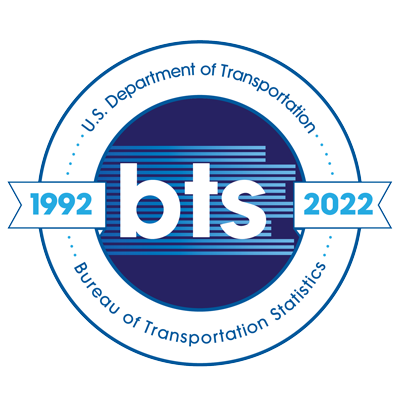Buckets, pumps, and pipelines: materialities and everyday practices related to water during the nitrate mining in Tarapacá (1853-1930).
Topics:
Keywords: Materialities, Everyday practices, Water, Atacama Desert, Tarapacá.
Abstract Type: Paper Abstract
Authors:
Manuel Méndez, University of Rennes 2
,
,
,
,
,
,
,
,
,
Abstract
Historically, northern Chile has been a world hot-spot for copper, nitrate and, ultimately, lithium mining. However, industrial mining has produced major biophysical impacts and socio-environmental conflicts in these regions. The most recurrent issues related to mining are the conflicts over the use of and access to water. Scholars have largely explored these issues in the last three decades, however long-term perspectives have been neglected. Standing on a multidisciplinary perspective, this paper analyzes the dynamics of materialities and everyday practices related to water during the industrial mining boom of nitrate in Tarapacá region (1853-1930).
Using tools from landscape archaeology, history, geography, and anthropology, we aim to deepen the understanding of the different materialities and everyday practices related to water and the production of uneven hydrosocial landscapes in the context of the nitrate boom in the Tarapacá region. Through the review of regional, national, and international historical archives and field campaigns, we reconstruct (in part) the dynamics of the technological systems of extraction and conduction of water, as well as the different everyday practices related to water during the nitrate mining boom.
Preliminarily, we proposed that the water extraction/conduction technologies introduced by industrial mining produced new everyday practices and uneven conditions of access to water. In this sociohistorical context, water becomes an abstract element and a commodity.
Buckets, pumps, and pipelines: materialities and everyday practices related to water during the nitrate mining in Tarapacá (1853-1930).
Category
Paper Abstract








